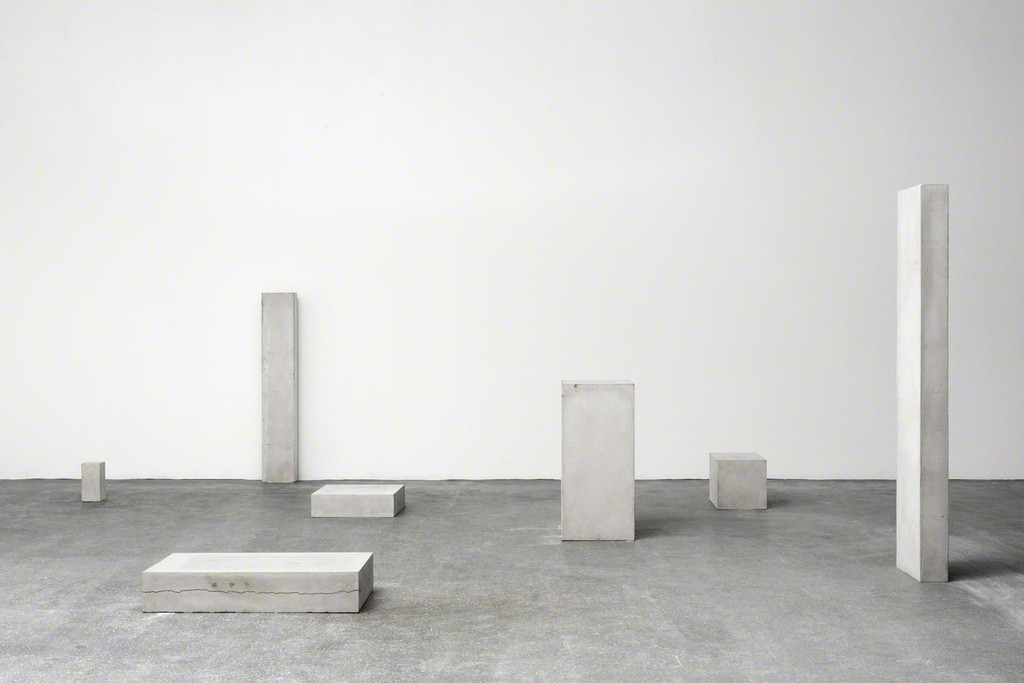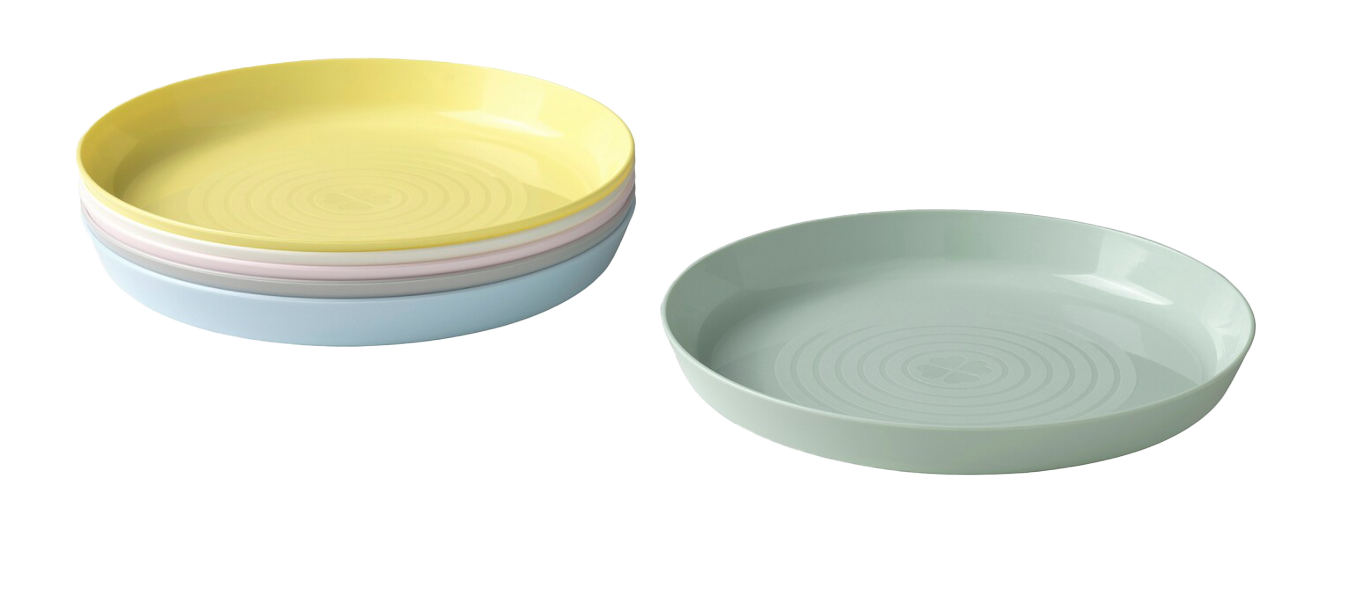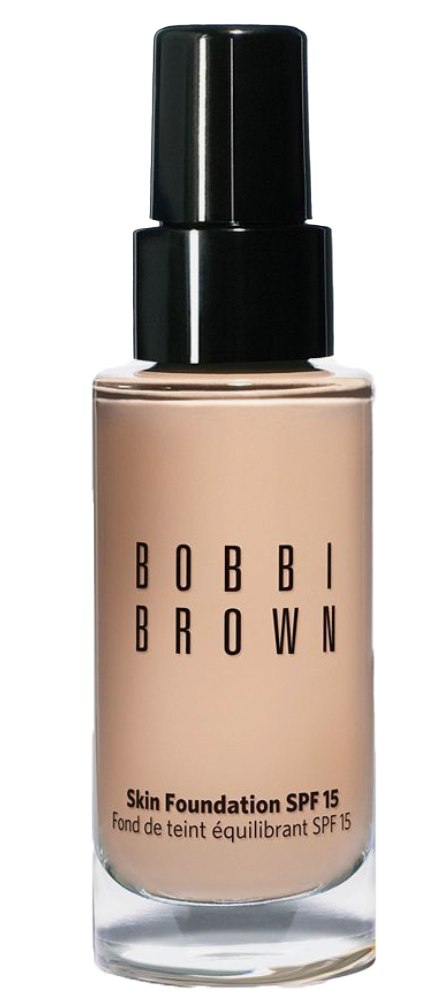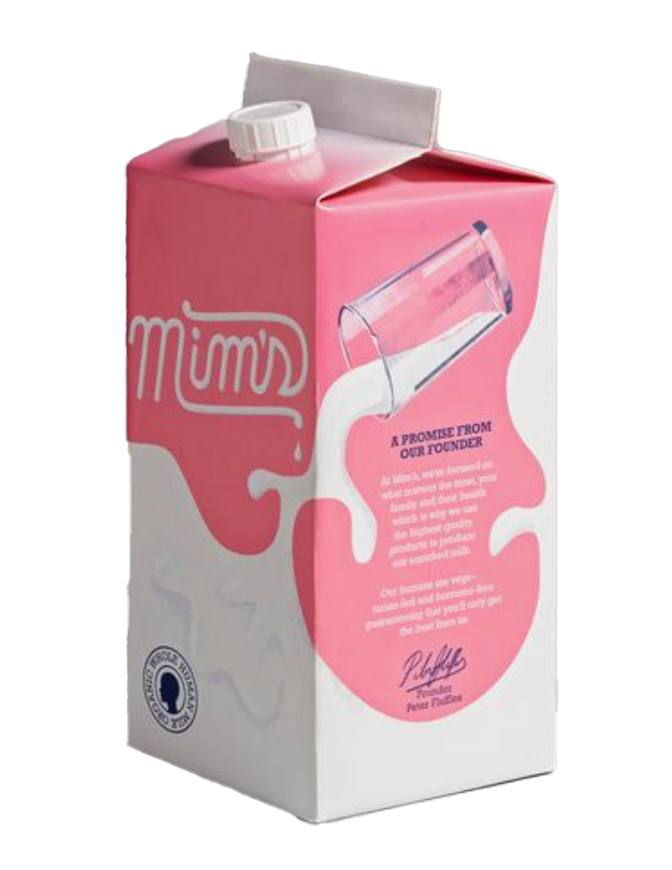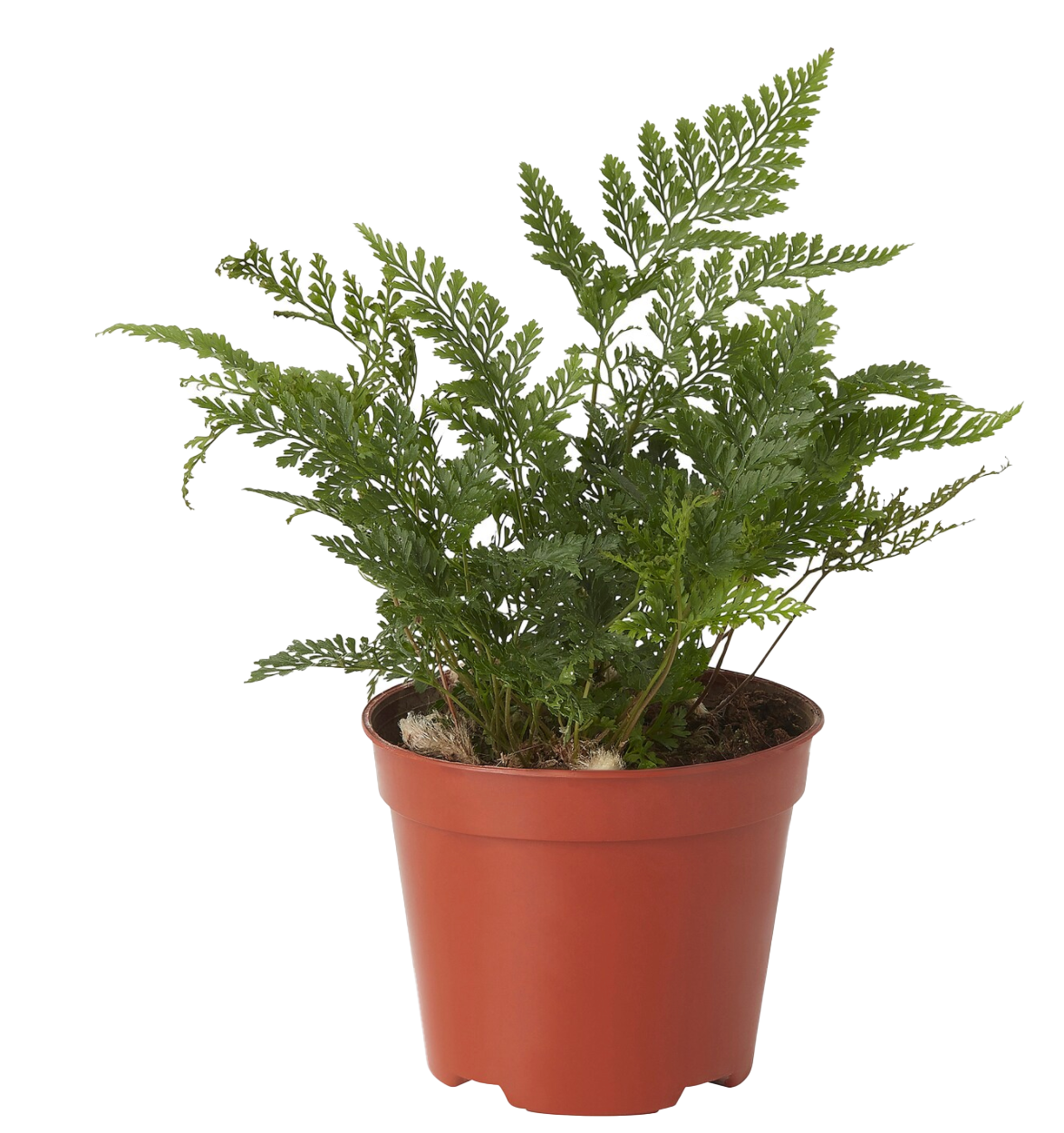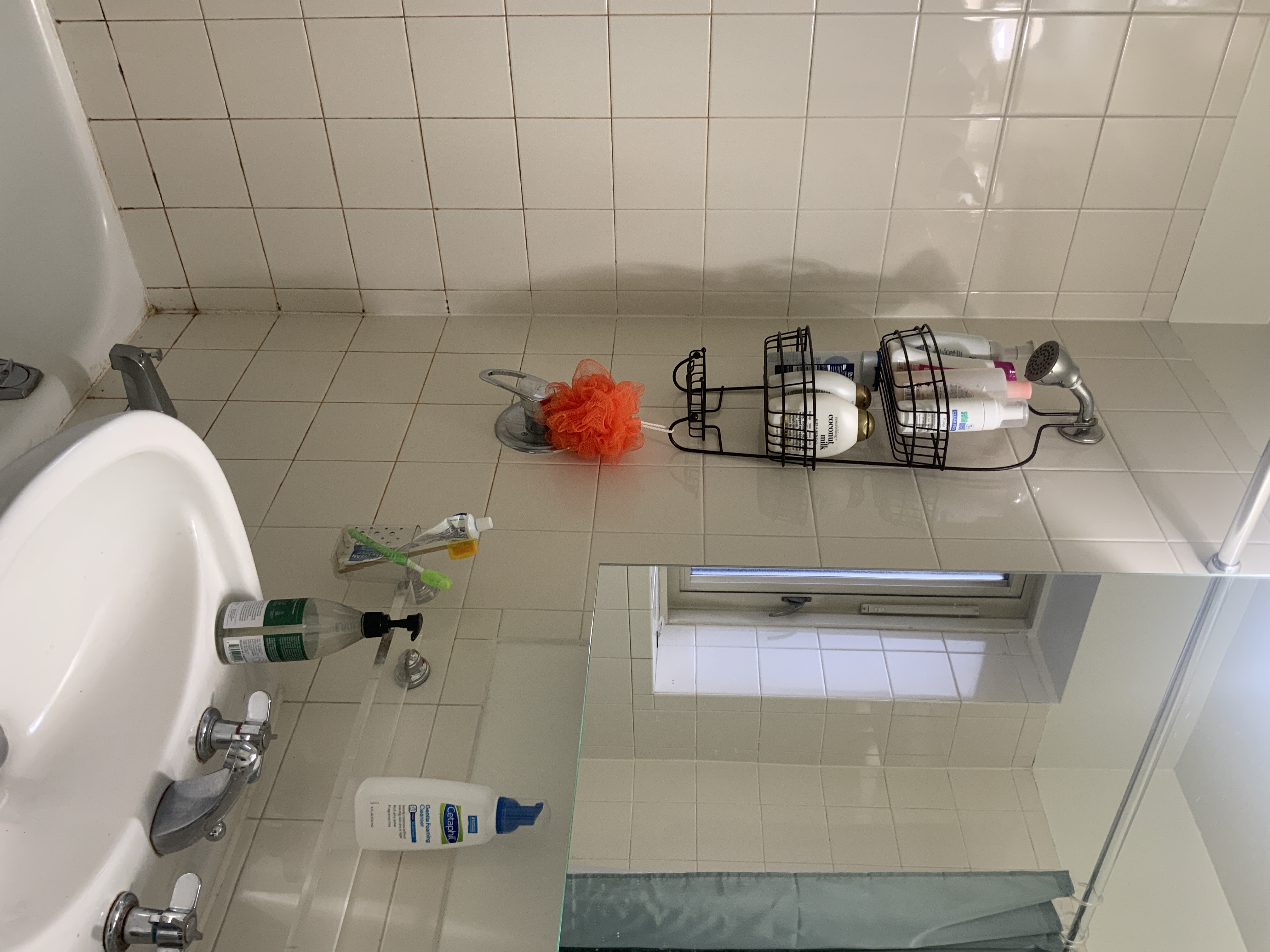
About
These are four sketches by Pablo Picasso placed in a washroom setting.
Do these sketches still have the same value here as they do in a museum?
Click on the sketches to read more about them.
Open the URL on your laptop and adjust the window size to read about Art and Anti Art
Article
Open the URL on your laptop and adjust the window size to read about Art and Anti Art
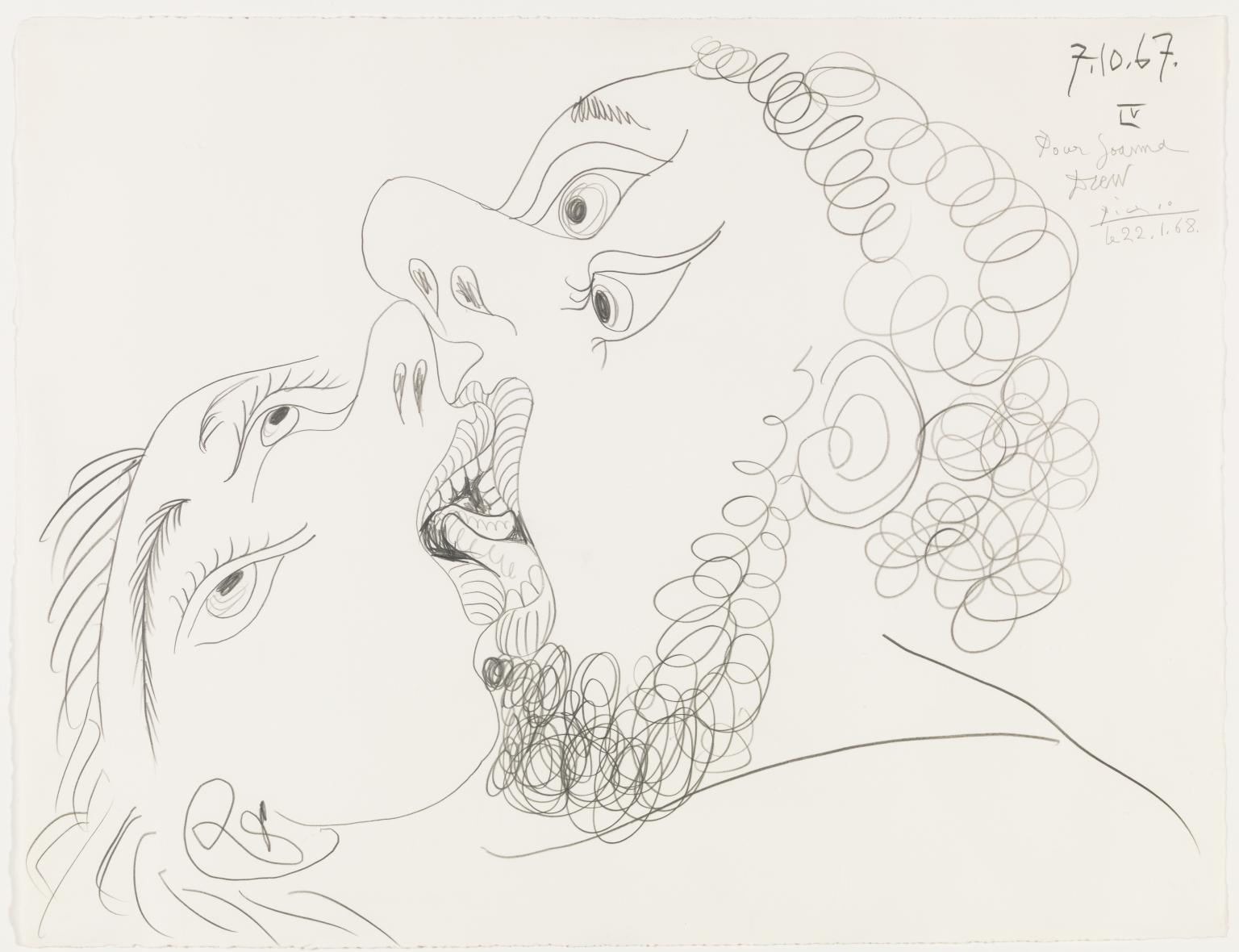
Title: 'The Kiss 1967'
Artist: Pablo Picasso 1881–1973
Medium: Graphite on paper
The kiss was one of several erotic motifs – including the embrace and the couple – that occupied Pablo Picasso during the last years of his life, and this graphite on paper drawing depicts a bearded man kissing a young woman. The unbroken lines that make up many elements of the composition – the ear of the woman and the hairline of the man, for instance – perhaps suggest the playful experiments of an experienced draughtsman, while their fluid rhythms might be seen to complement the sensuality of the subject matter.
Artist: Pablo Picasso 1881–1973
Medium: Graphite on paper
The kiss was one of several erotic motifs – including the embrace and the couple – that occupied Pablo Picasso during the last years of his life, and this graphite on paper drawing depicts a bearded man kissing a young woman. The unbroken lines that make up many elements of the composition – the ear of the woman and the hairline of the man, for instance – perhaps suggest the playful experiments of an experienced draughtsman, while their fluid rhythms might be seen to complement the sensuality of the subject matter.
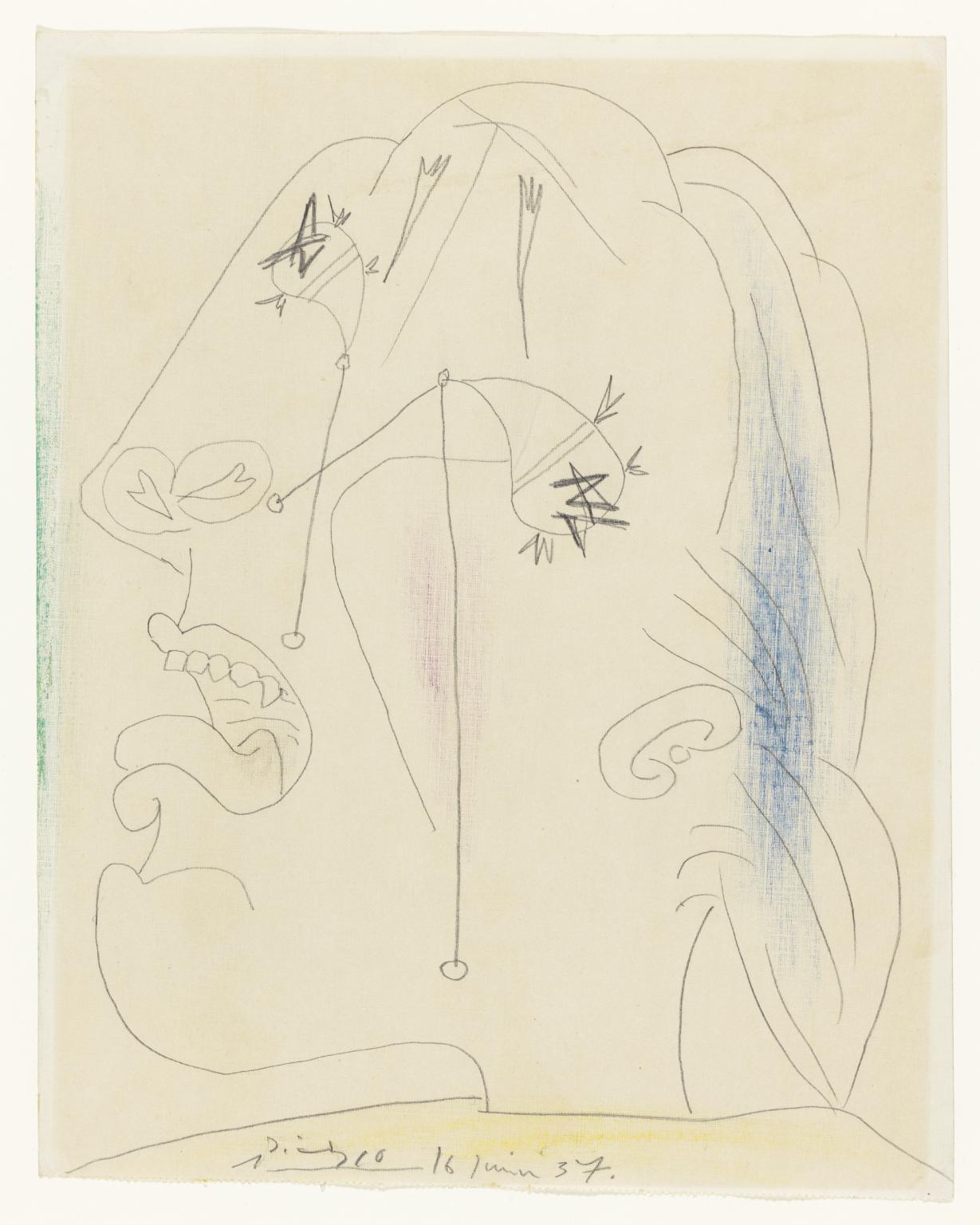
Title: 'Weeping woman'
Artist: Pablo Picasso 1881–1973
Medium: Graphite and crayon on paper
During 1937 Picasso became obsessed with the motif of a weeping woman, which symbolised for him the anguish and devastation of the Spanish Civil War. The figure first appeared among the sketches for Guernica, his famous depiction of the German bombing raid on a Basque town. He associated her with his mistress Dora Maar, who had been instrumental in encouraging Picasso’s political awareness. He later commented: ‘For years I've painted her in torture forms, not through sadism, and not with pleasure either; just obeying a vision that forced itself on me.’
Artist: Pablo Picasso 1881–1973
Medium: Graphite and crayon on paper
During 1937 Picasso became obsessed with the motif of a weeping woman, which symbolised for him the anguish and devastation of the Spanish Civil War. The figure first appeared among the sketches for Guernica, his famous depiction of the German bombing raid on a Basque town. He associated her with his mistress Dora Maar, who had been instrumental in encouraging Picasso’s political awareness. He later commented: ‘For years I've painted her in torture forms, not through sadism, and not with pleasure either; just obeying a vision that forced itself on me.’
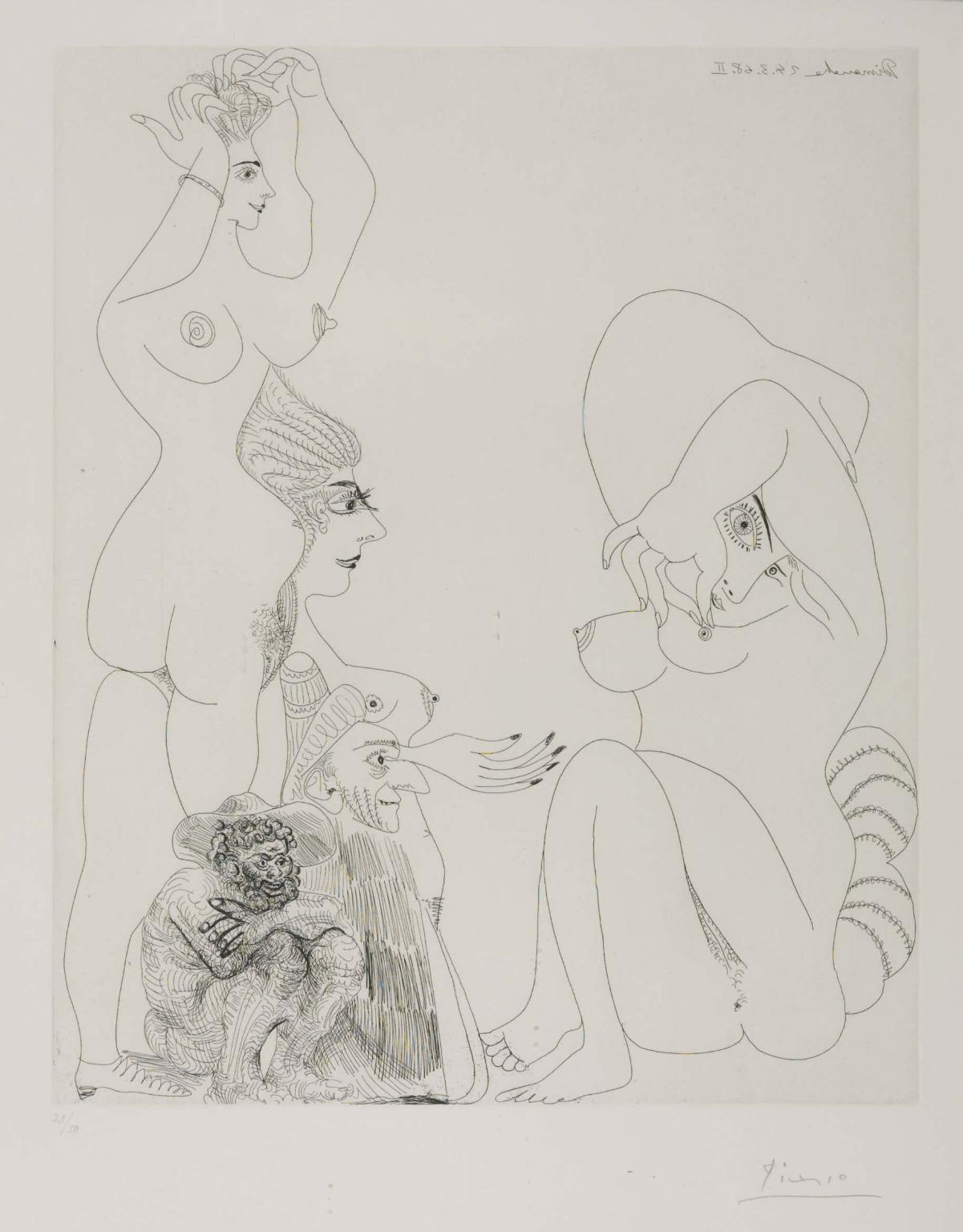
Title: 'Etching 24 March 1968 II'
Artist: Pablo Picasso 1881–1973
Medium: Etching on paper
24 March 1968 II shows three female nudes and two smaller male figures. The women adopt provocative poses, and their hair and eyes are elaborately detailed. The standing nude on the left arranges her hair, as she and her kneeling companion - who stretches out her hand - observe the seated nude on the right. This seated nude is also the focus of the male figure shown in profile, so that one theme of the composition would appear to be the act of looking. Picasso contrasts the man's gaze with the dominant exchange enacted between the women. An awareness of the power over men of the naked female body is also suggested through the details of the seated nude, who tweaks her erect nipple and reveals her sexual parts while looking directly outwards to engage the artist's - and the viewer's - desire.
Artist: Pablo Picasso 1881–1973
Medium: Etching on paper
24 March 1968 II shows three female nudes and two smaller male figures. The women adopt provocative poses, and their hair and eyes are elaborately detailed. The standing nude on the left arranges her hair, as she and her kneeling companion - who stretches out her hand - observe the seated nude on the right. This seated nude is also the focus of the male figure shown in profile, so that one theme of the composition would appear to be the act of looking. Picasso contrasts the man's gaze with the dominant exchange enacted between the women. An awareness of the power over men of the naked female body is also suggested through the details of the seated nude, who tweaks her erect nipple and reveals her sexual parts while looking directly outwards to engage the artist's - and the viewer's - desire.
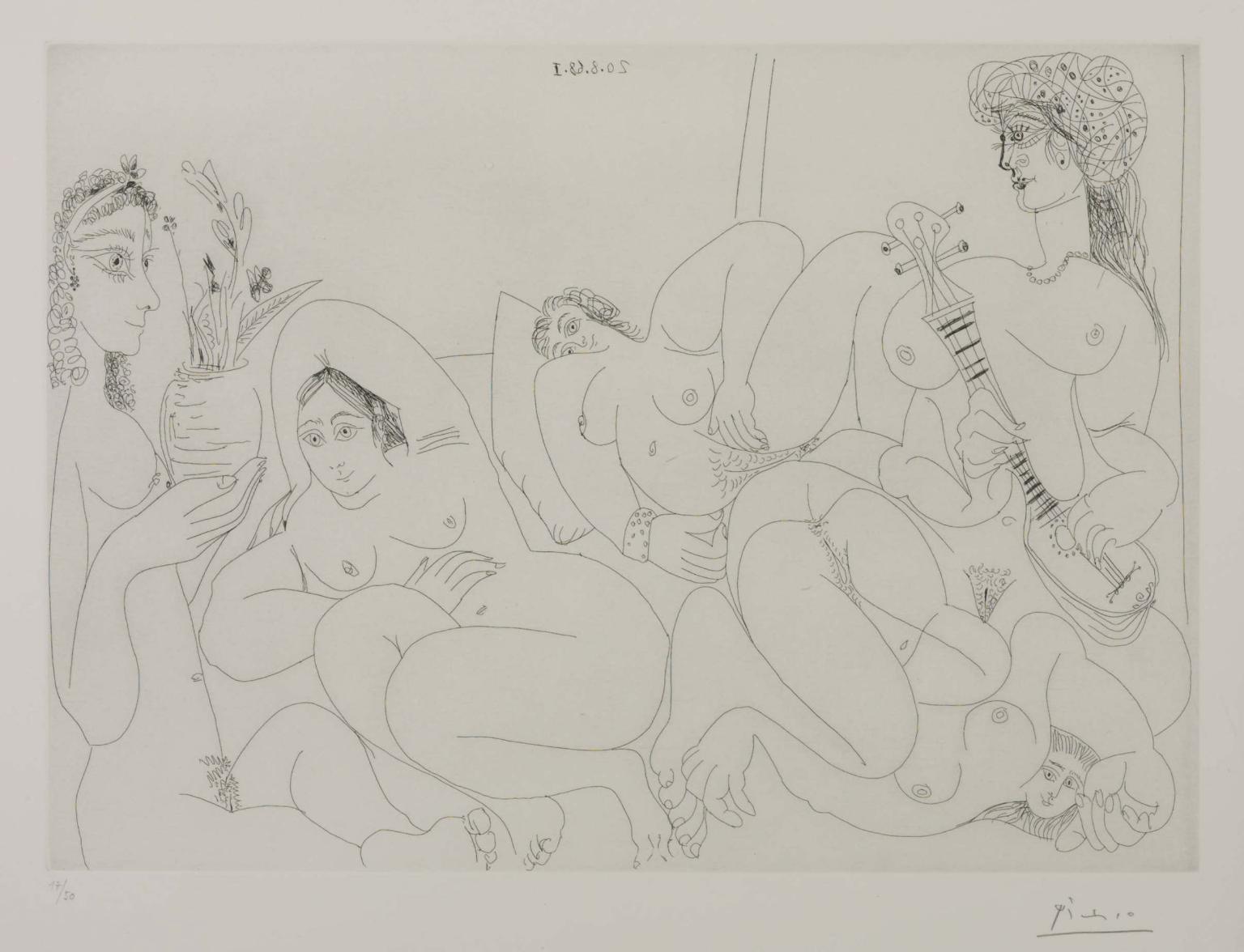
Title: 'Etching 20 August 1968 I'
Artist: Pablo Picasso 1881–1973
Medium: Etching on paper
Printmaking played an important role in Picasso's art after 1963. He combined existing techniques and invented new ones in a fertile collaboration with the Crommelyncks, with whom he also made the 156 series of 1968-72. The 347 series is remarkable for its extent and for the rate of production, which averaged two prints per day. They are complex works that explore a number of Picasso's related themes, such as circuses, bullfights and the theatre, in a humorous and bawdy manner.
Artist: Pablo Picasso 1881–1973
Medium: Etching on paper
Printmaking played an important role in Picasso's art after 1963. He combined existing techniques and invented new ones in a fertile collaboration with the Crommelyncks, with whom he also made the 156 series of 1968-72. The 347 series is remarkable for its extent and for the rate of production, which averaged two prints per day. They are complex works that explore a number of Picasso's related themes, such as circuses, bullfights and the theatre, in a humorous and bawdy manner.
